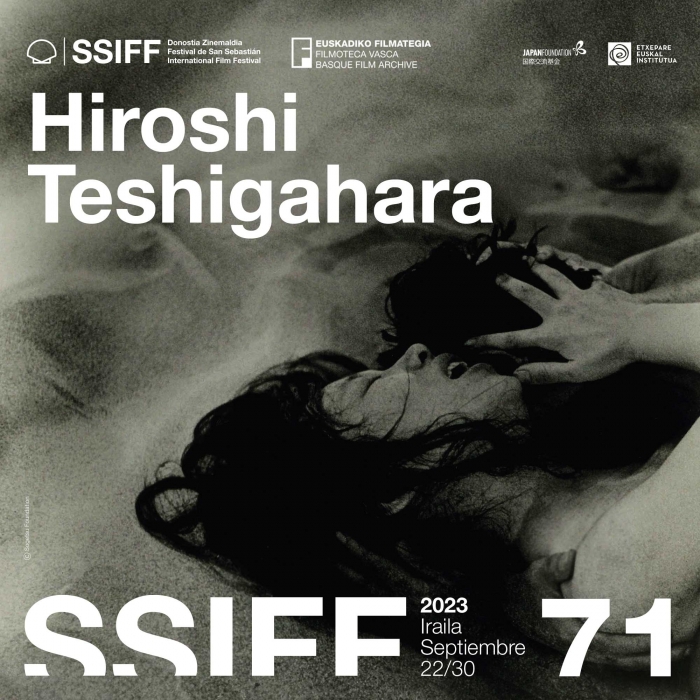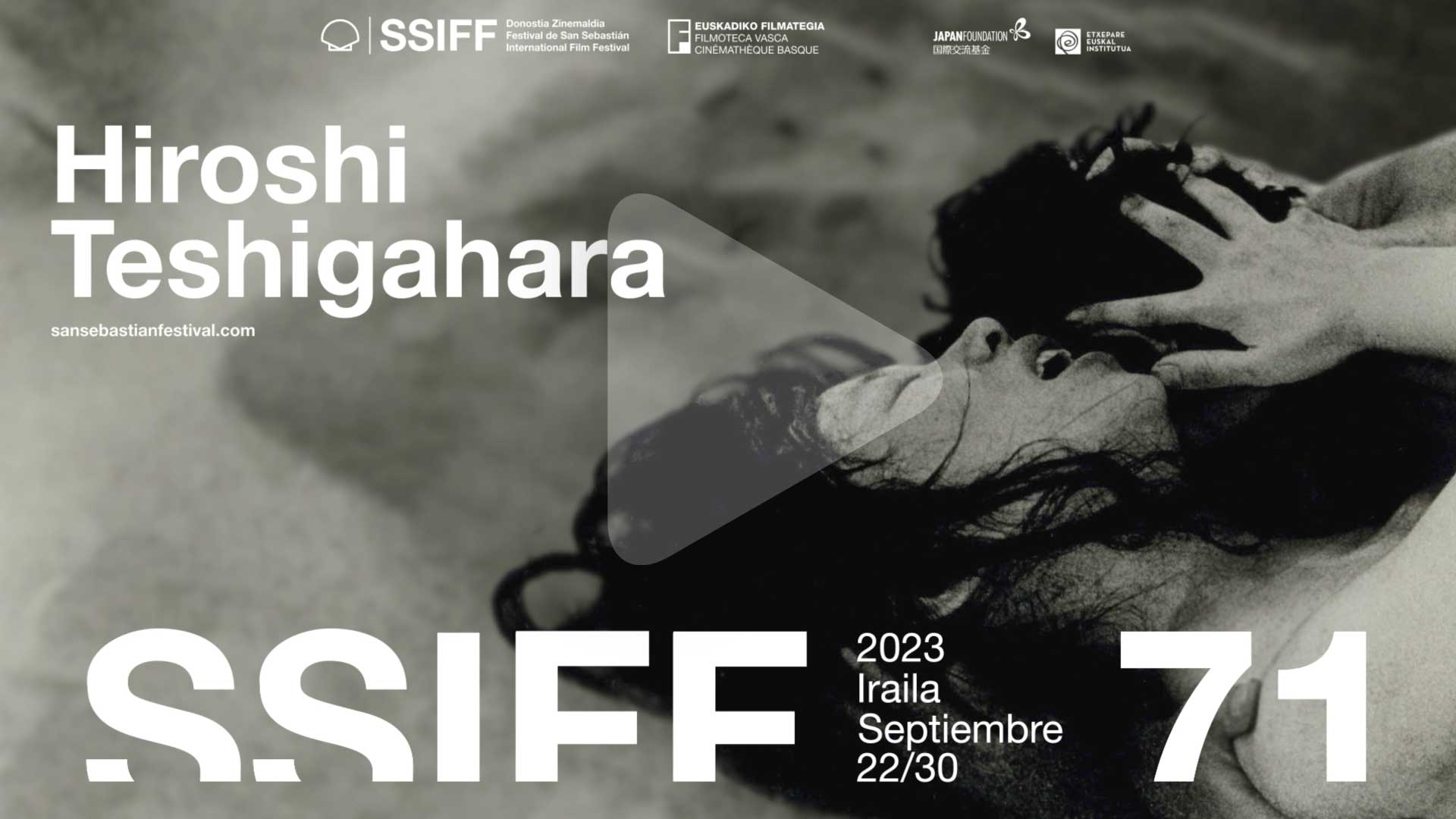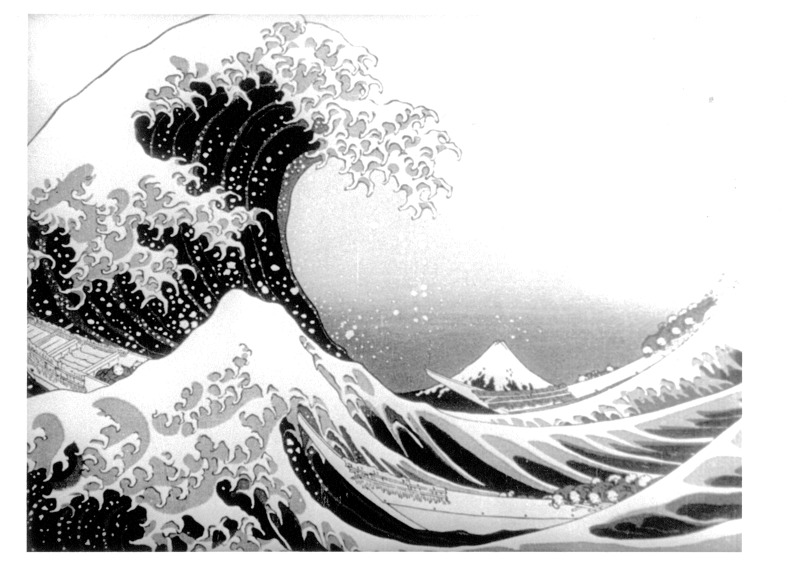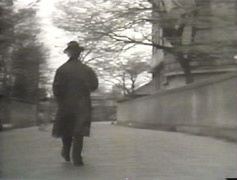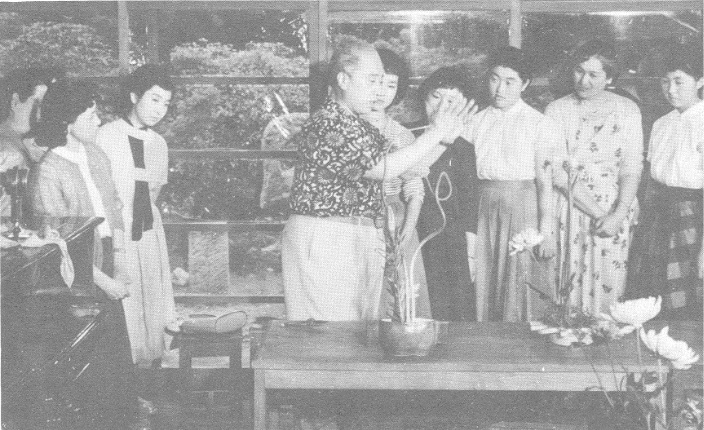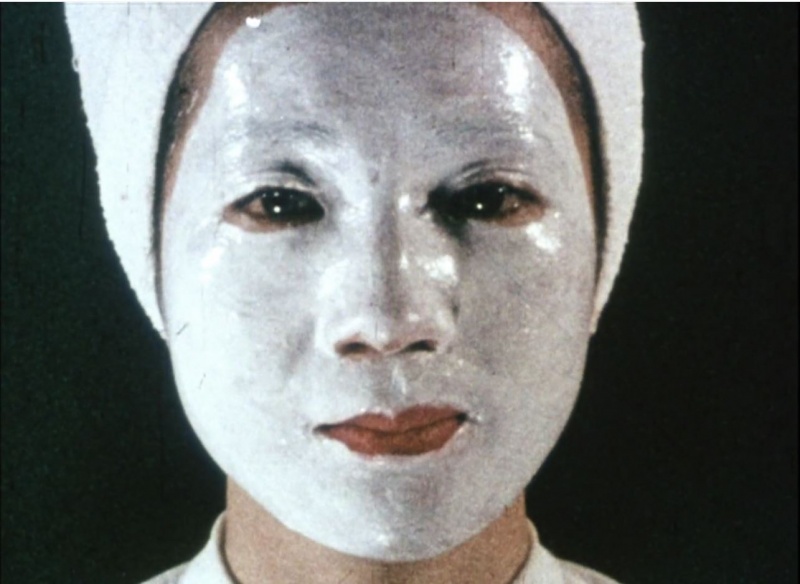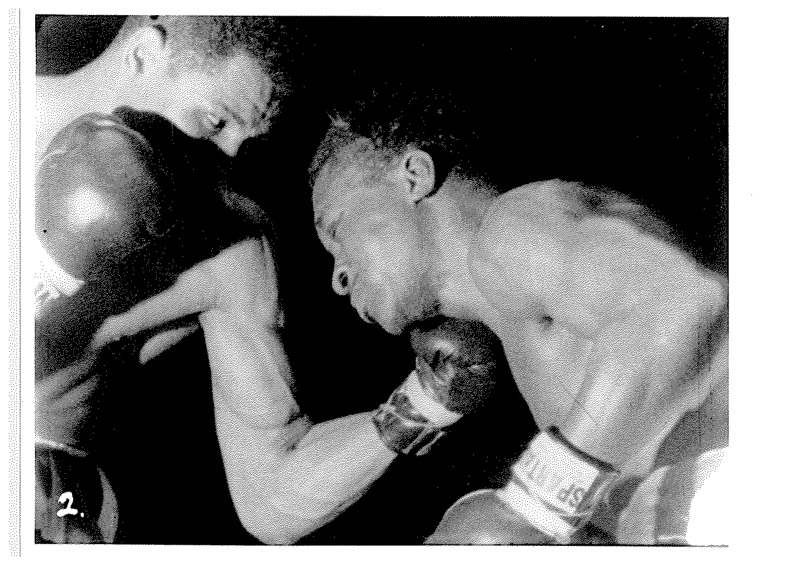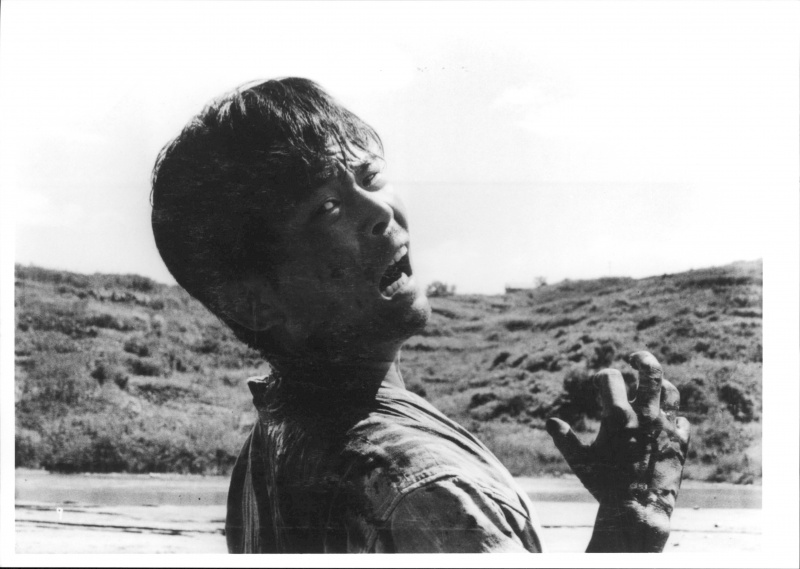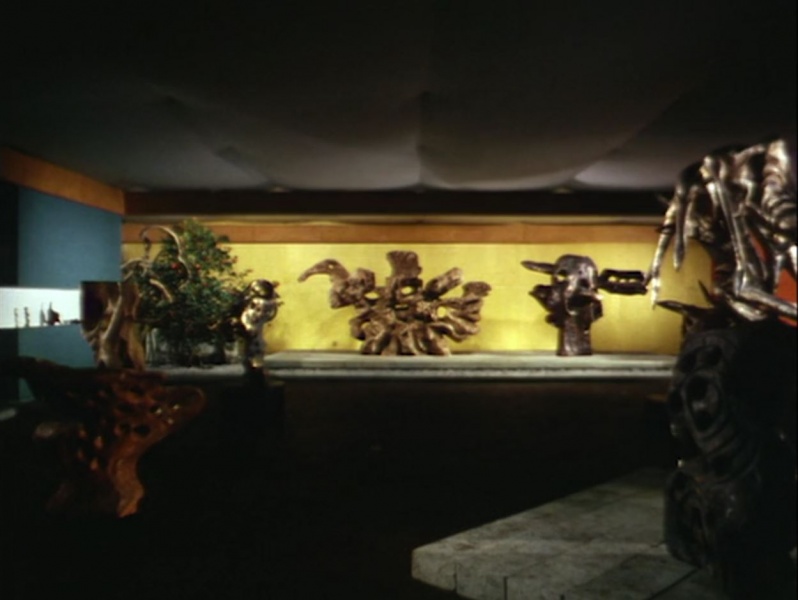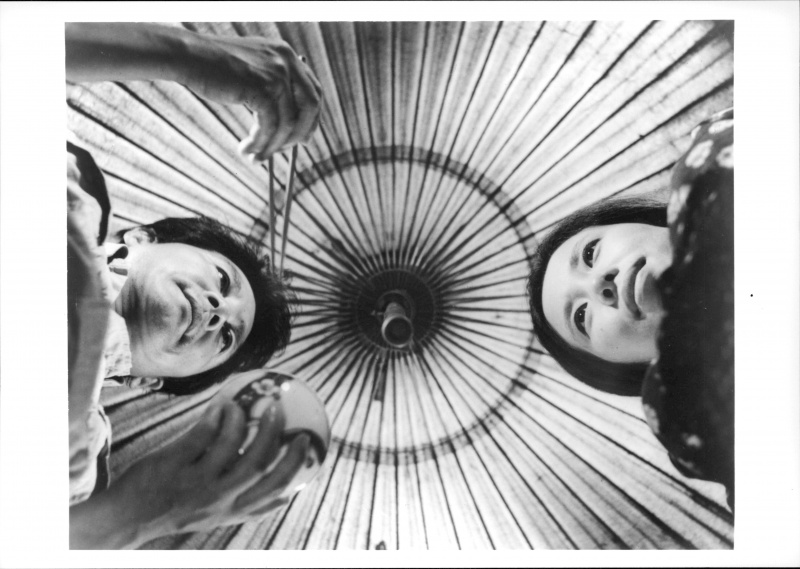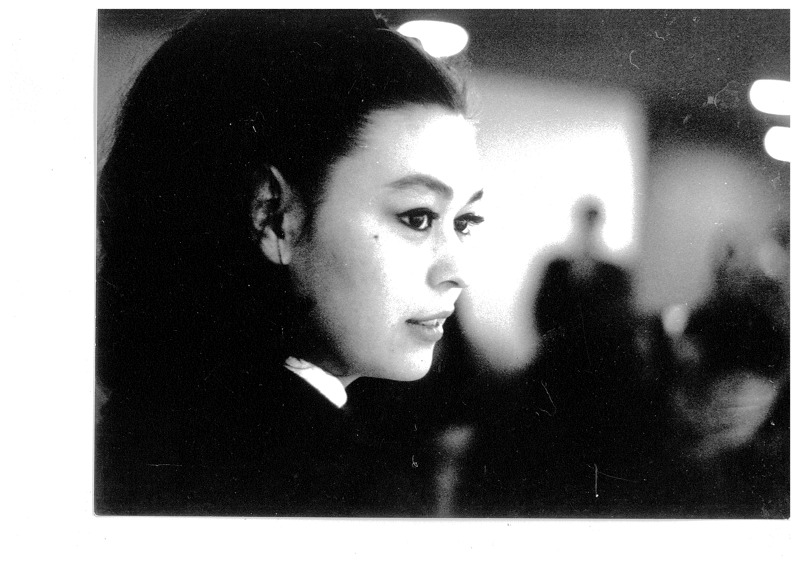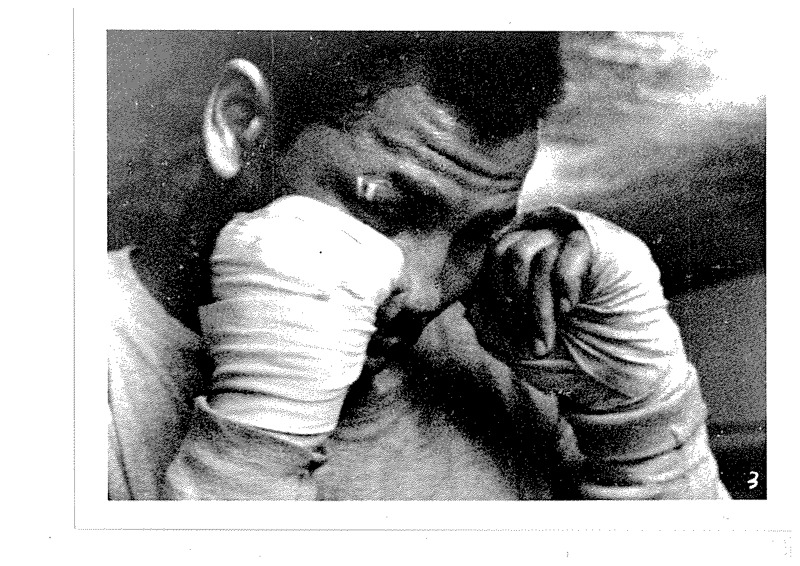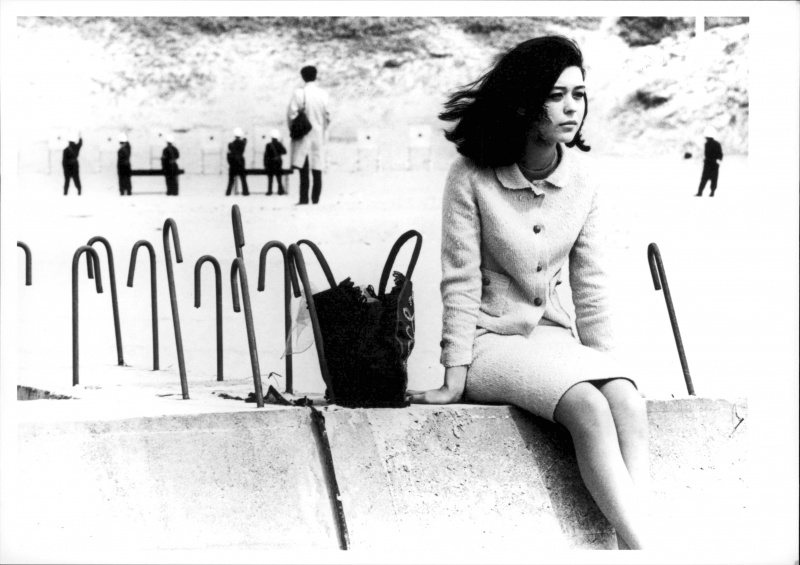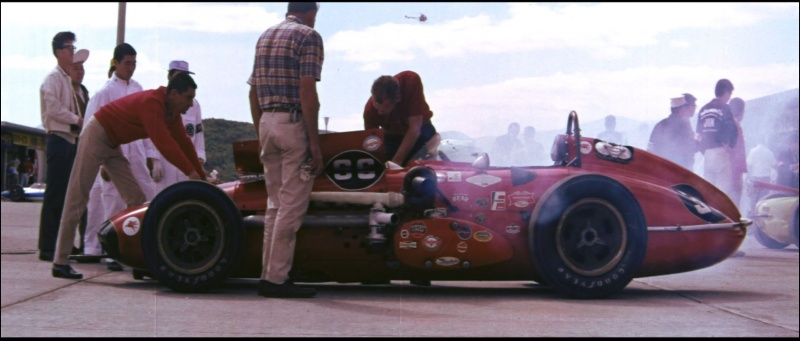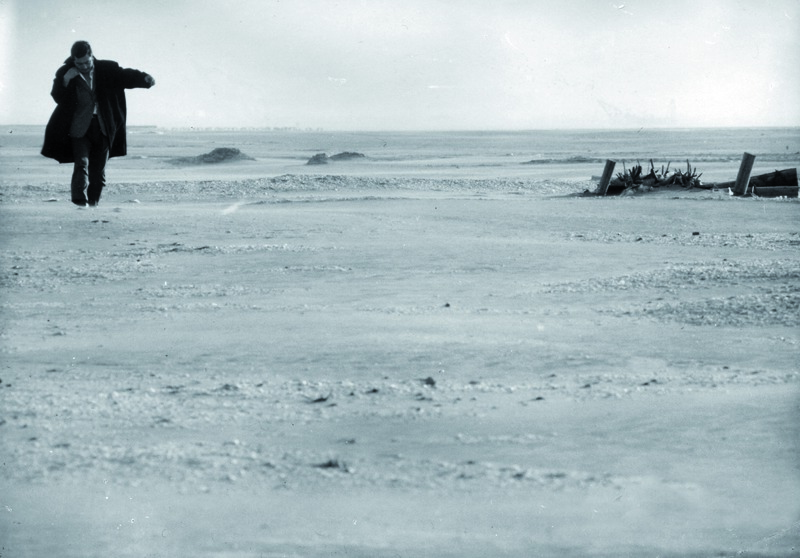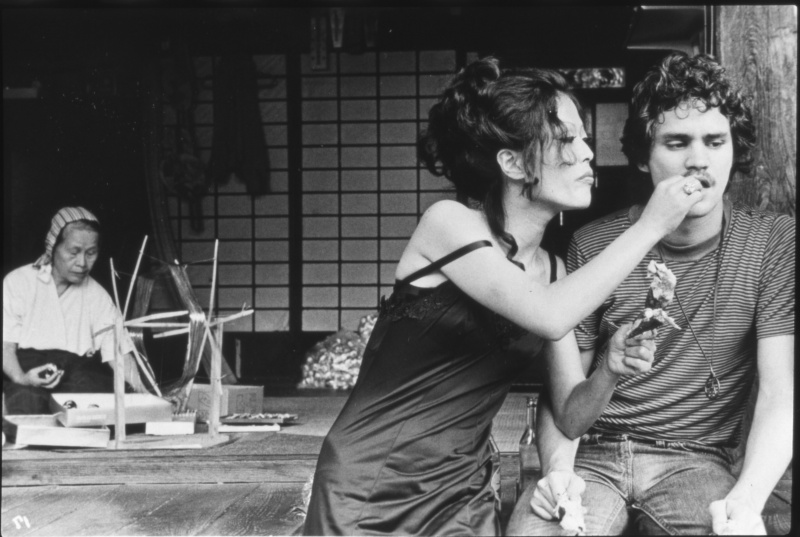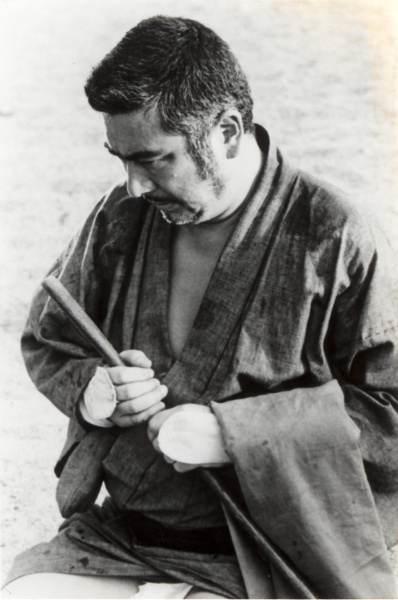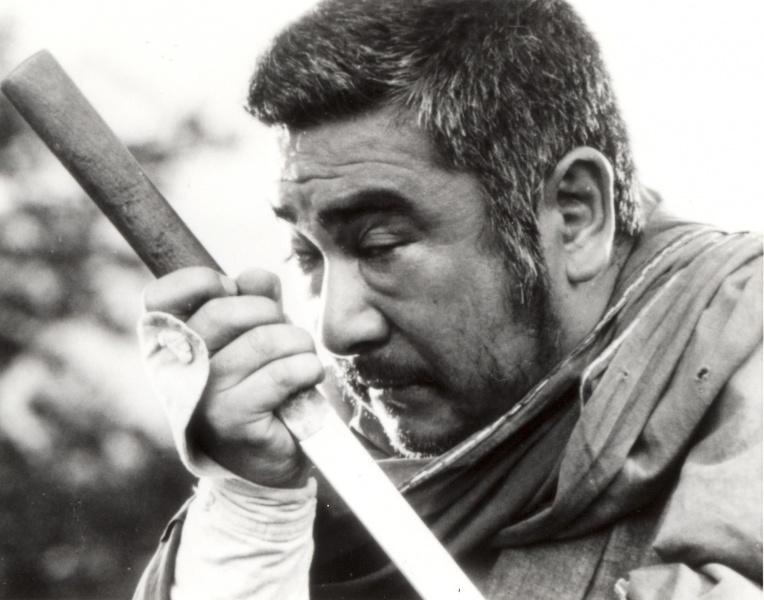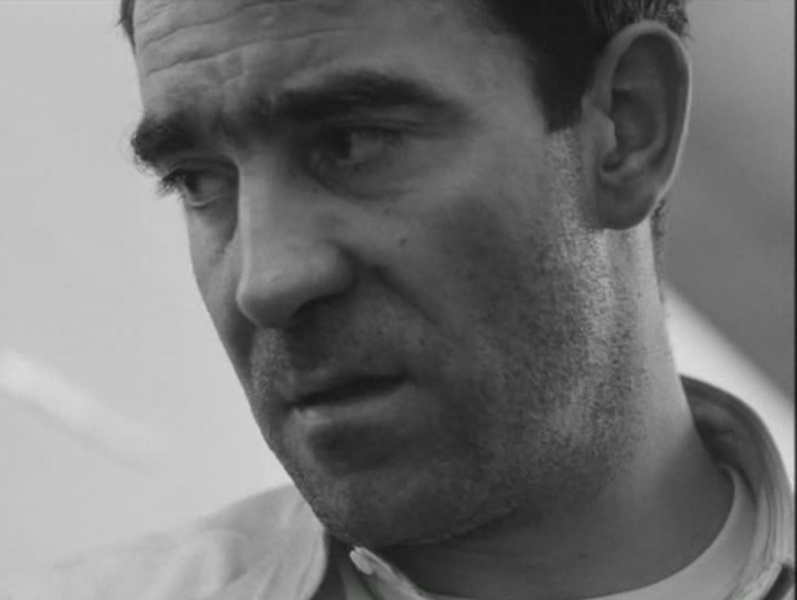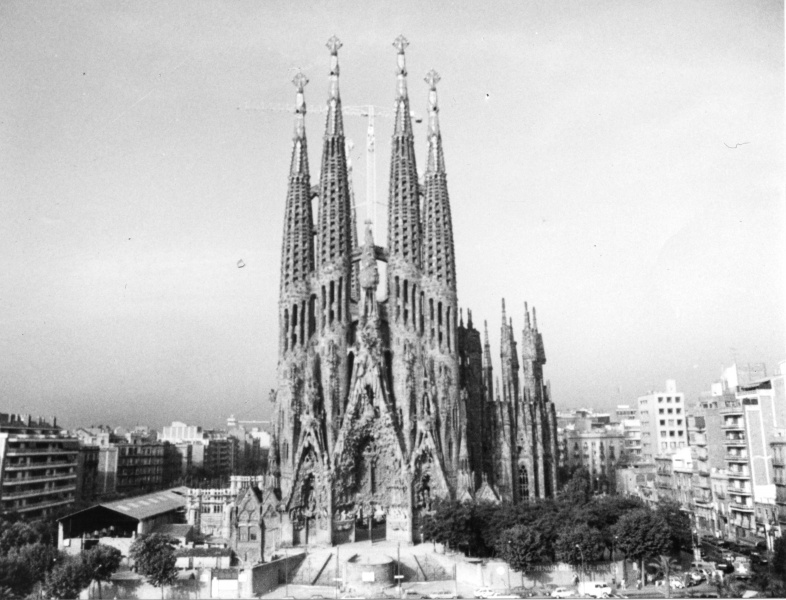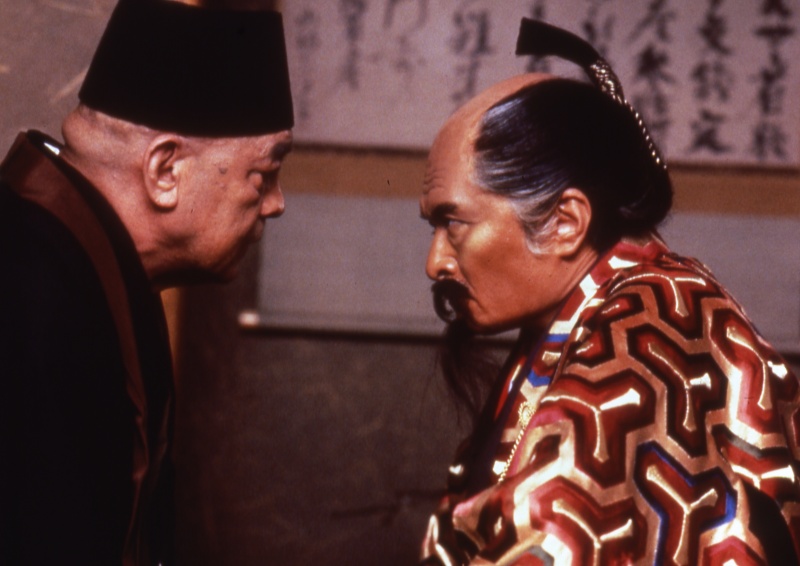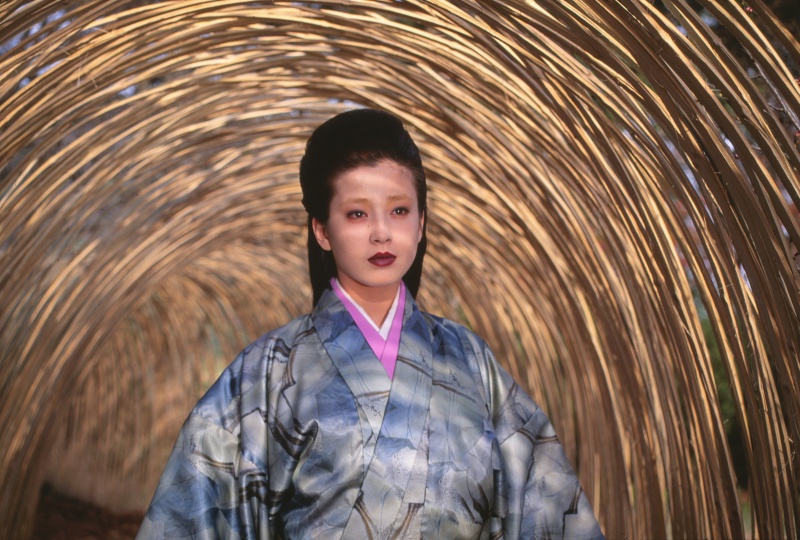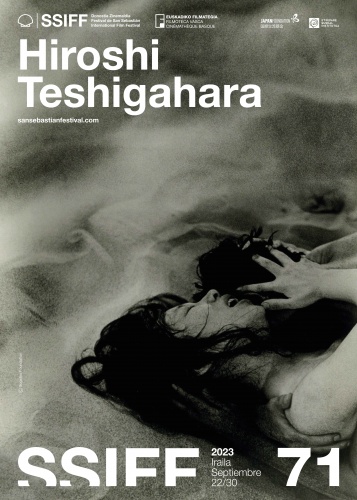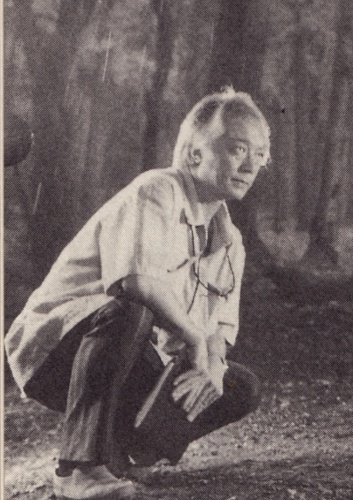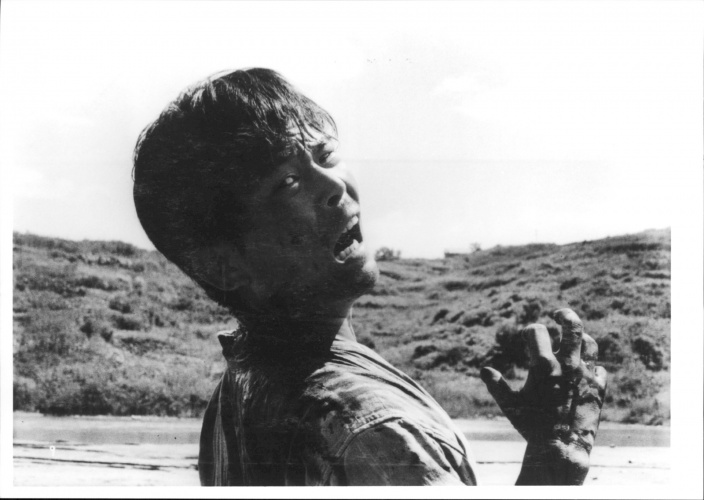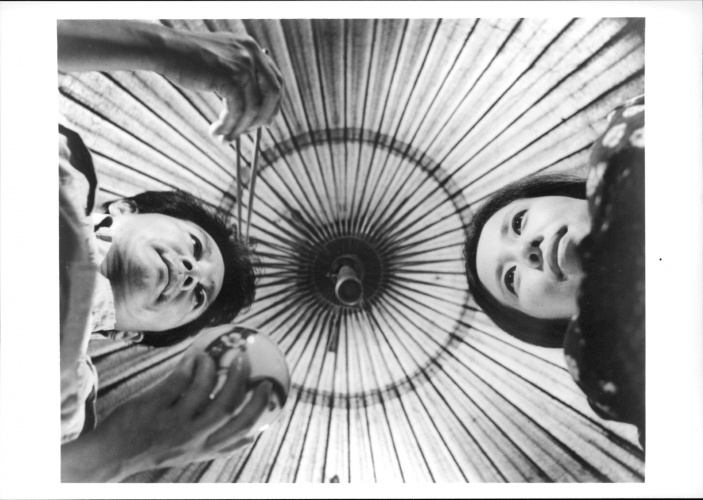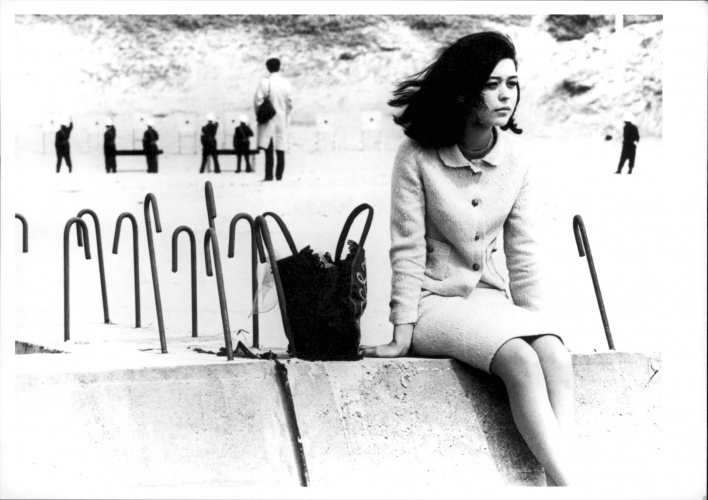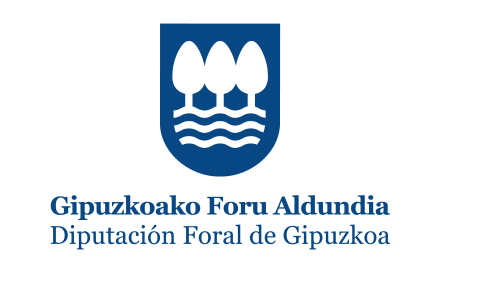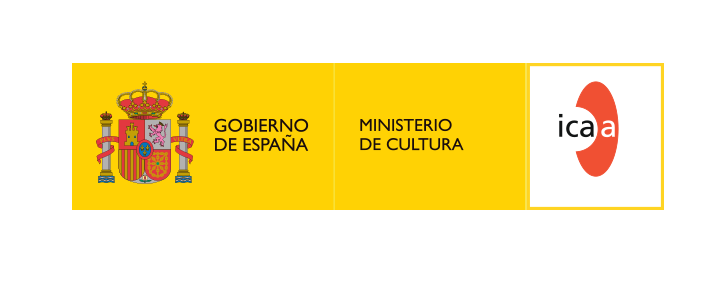The retrospective at San Sebastian Festival’s 71th edition will show twenty films —feature films, medium-length films and short films— directed by the Japanese filmmaker Hiroshi Teshigahara between the years 1953 and 1992. The classic film cycle is co-organised with the Basque Film Archive in collaboration with the Japan Foundation and the Etxepare Basque Institute in the framework of the Euskadi-Japan 2023 program.
Hiroshi Teshigahara (1927-2001) was a key figure in Japanese cinema in the 1960s thanks to a series of experimental poetic films and his extensive collaboration with the writer Kobo Abe. The only one of his films to be distributed in Spain, the acclaimed Suna no onna / Woman in the Dunes (1964), sums up that period and Teshigahara’s style really well.
The cycle will be complemented by the publication of the book by Inuhiko Yomota, Avant-garde chronicles. Conversations with Hiroshi Teshigahara, translated from Japanese by Daniel Aguilar. The book is published in collaboration with the Basque Film Archive.
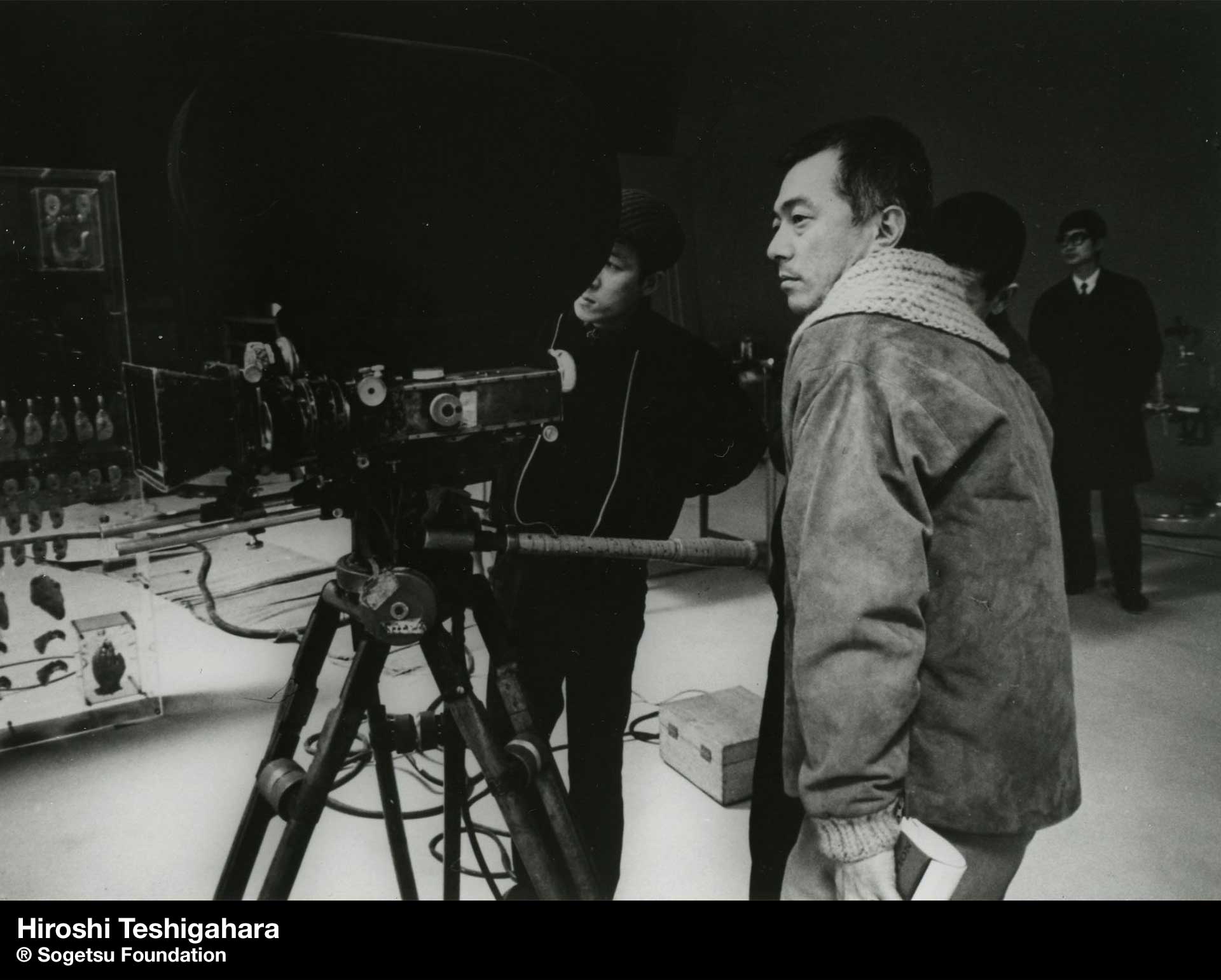
Teshigahara was born and died in Tokyo and first studied Fine Arts and made his debut in the mid-1950s in the field of the documentary short. Interested in all the trends in Western cinema that had shown the resistance movements during the 2nd World War, to be precise, in Italian neorealism and the French films of that period, he formed part of a kind of club called Cinema 57, where documentaries that often couldn’t be seen in commercial cinemas were screened and discussed. This clear interest in documentary cinema would considerably influence him when he moved on to making fictional full-length films.
His first short, Hokusai, is from 1953, and his first feature film, Otoshi-ana / The Trap, from 1962. Between these two dates, Nagisa Oshima –the Festival devoted its retrospective to him in 2013–, Seijun Suzuki, Shohei Imamura, Susumu Hani, Yoshishige Yoshida and Masahiro Shinoda, representative directors in the various trends of the Japanese New Wave, had already made their first films. Teshigahara played a more incidental role in this movement and had a less of an international impact, despite winning the special jury award at Cannes for Woman in the Dunes and being nominated for the Oscar for best director and best foreign language film for this same movie. However, in one way or another he was right at the heart of the conceptual turmoil that turned Japanese cinema upside down through new subject matter and ways of filming.
He had a productive partnership with Kobo Abe, who wrote the script for The Trap and the adaptations of the three novels that Woman in the Dunes, Tanin no kao kao / The Face of Another (1966) and Moetsukita chizu / The Man Without a Map (1968) are based on, which were the filmmaker’s key works. Abe also wrote the script for Ako, an episode in the collective film La fleur de l’âge / Les adolescents (1964), four stories about adolescence filmed by Teshigahara, Jean Rouch, Michel Brault and Gian Vittorio Baldi.
His final films, Rikyu (1989) and Go-hime / The Princess Goh (1992), were historical works. He also shot films for television and constantly made short, medium-length and full-length documentaries. He made two films about the Puerto Rican boxer, José Torres, one about the Swiss sculptor and painter Jean Tinguely and a film about Tokyo in 1958. However, his best-known documentary is Antonio Gaudí (1984), an excellent approach to the figure and work of the Catalan modernist architect.
As well as being a filmmaker, Teshigahara was a master in the Japanese art of flower arrangement (ikebana). From 1980 until his death, he ran the Ikebana Sogetsu school, which had been founded by his father, and he published the book The Art of Ikebana (1997). He was married to the actress, Toshiko Kobayashi, who he only directed in one film, Sama soruja / Summer Soldier.
At the 71st San Sebastián Festival, which will be held from the 22nd to the 30th of September, all of this relatively unknown director’s films will be screened. Two of his films have taken part in the Festival in previous years: Woman in the Dunes –in the “Ashes and Diamonds” cycle in 1985– and The Man without a Map in the “Japan in Black” retrospective organised in 2008.
The director made his debut with this short documentary on the life and work of Karsushika Hokusai, master of ukiyo-e (engravings described as painting of the floating world) during the Edo Period and author of famous pieces such as the The Great Wave of Kanagawa.
Documentary on photography with the participation of twelve globally famous Japanese photographers.
Documentary in short format explaining the history and art of ikebana, the art of flower arrangement, highlighting its combination with other materials such as steel, wood, stone or vegetales. It also looks at the work of the director's father, Sofu Teshigahara, grand master of the genre's most important contemporary school.
Eight filmmakers collaborate with Teshigahara to immortalise Tokyo in 1957-58, including documentary, experimental and narrative footage on the society of the period.
Documentary filmed in New York about the Puerto Rican boxer Jose Torres, who had won a silver medal at the Melbourne Olympic Games only three years earlier. It had a follow-up in 1965, Jose Torres II.
A man wanders with his young son as he looks for work in the mining area of Kitakyusu, the scene of several crimes. The murder victims become lost souls who help to tell the story. He comes to a ghost town whose only inhabitant is a woman who runs a small shop. Teshigahara's debut movie and first collaboration with the writer Kobo Abe.
Once again the director uses his camera to immortalise the creative processes of his father, Sofu Teshigahara, now as a sculptor, while he prepares the pieces for a major exhibition.
An entomologist searching for insects in sand dunes is trapped in a house at the bottom of a deep hole where he is forced to live with a woman with whom he strikes up a tense relationship. The film earned the moviemaker international prestige and was his greatest collaboration with Kobo Abe.
Episode of the anthology film, La fleur de l’âge / Les adolescents, in which four moviemakers render the same number of portraits of young people. The short film shows a day in the life of Ako, a 16-year-old Japanese girl, at home, at the bakery where she works and having fun with her friends at the bowling alley, the amusement park or in a car.
The second instalment of the extensive documentary dedicated to the boxer José Torres focuses on relations with his mother and his fiancée and on his preparation and training for the fight against the North American Willie Pastrano in the dispute for the title of world heavyweight champion in 1965.
Convinced that the soul lives in the skin, that his identity has disappeared with the features of his face, disfigured in an accident, a scientist becomes obsessed with the idea of using a mask with the face of another person that he hopes will help him to connect with the world.
Short film about motor racing.
A private detective is hired by one of his agency's clients to find her missing husband. As the investigation becomes increasingly confused, the detective's life starts to lose all meaning.
In this film, written by the North American screenwriter John Nathan, the moviemaker addresses the story of a US soldier who deserts during the Vietnam War while on leave in Japan. There he will meet other desertors and politicians who want to use him for their own interests.
First of the two episodes made by Teshigahara for the popular TV series featuring Zato-Ichi, the blind masseur, starring Shintaro Katsu. A travelling tale following Zato-Ichi and his adventures on the road and in cities.
Second episode of the TV series featuring Zato-Ichi directed by Teshigahara. The last one in the series, it follows the outline of the previous episode, showing the character on his travels as he seeks redemption.
Short film documenting the process of creating, preparing and constructing experimental mechanical sculptures by Swiss artist Jean Tinguely for his 1963 exhibition in Tokyo.
His best known documentary work, focused on the Catalan modernist architect Antoni Gaudí. The film, which has the participation of the architect Isidre Puig i Boada, would be key for the interest and admiration still enjoyed by the oeuvre of the creator of the Sagrada Familia in Japan.
In the Monoyama Period (16th century), Rikyu is the tea master and right-hand man of the vain daimyo obsessed with extending the Japanese empire by invading China and Korea. Rikyu disagrees with his warmongering lord's pretensions.
The second film about the turbulent period now focuses on the master potter Furuta Oribe, a disciple of Rikyu whom, like the latter, was obliged to take his life using the seppuku rite, and the young and spirited Princes Goh, married to an exiled lord.

